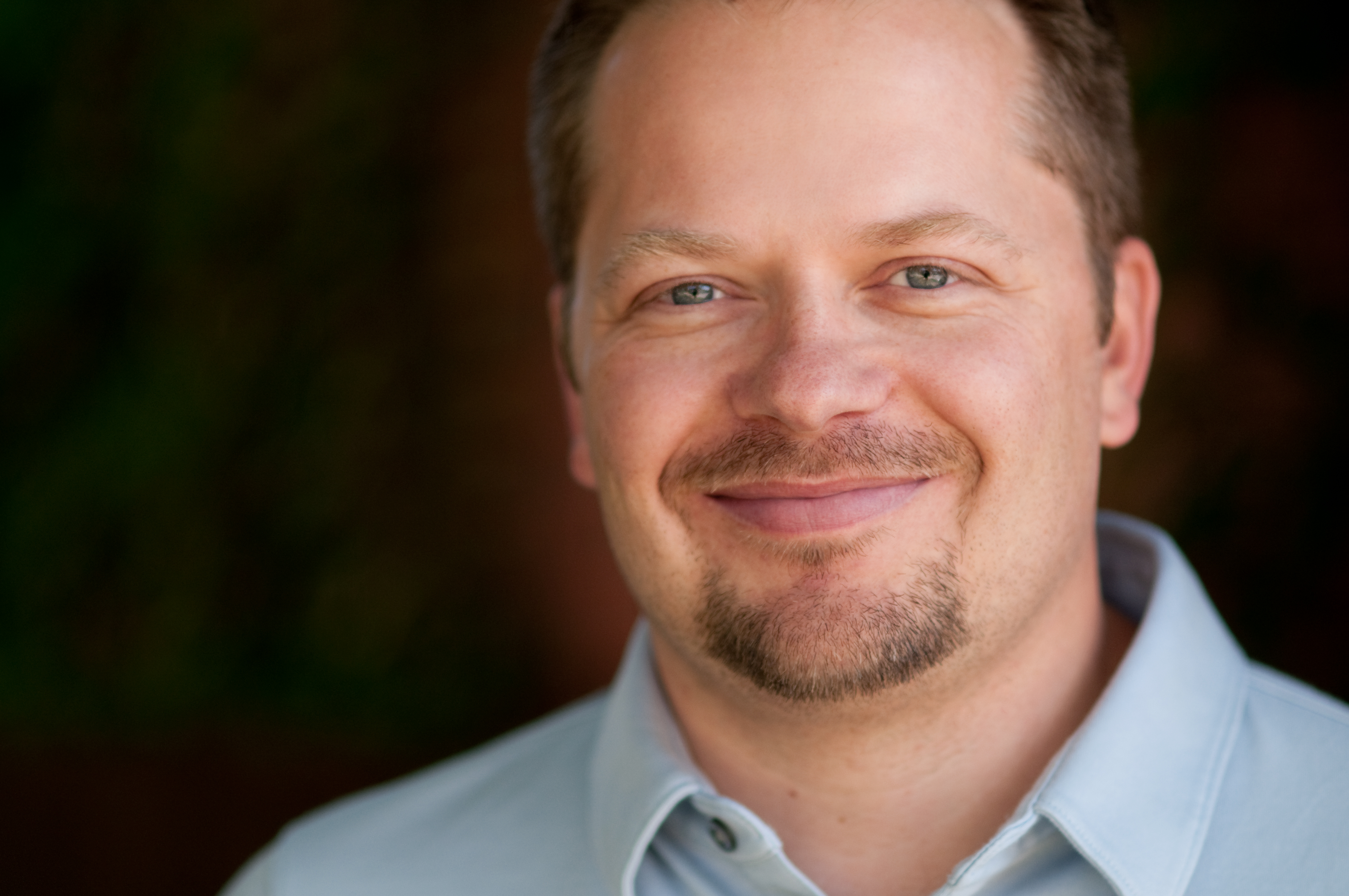In my last blog, I introduced the sexual addiction cycle from Patrick Carnes, as shared in his book Out of the Shadows: Understanding Sexual Addiction. I shared about the first part of the addiction cycle, called preoccupation and some helpful things to consider when attempting breaking out of the cycle. For this article, I will discuss the next part of the cycle: ritualization.
Ritualization
According to Carnes, ritualization consists of “the addicts’ own special routines that lead up to the sexual behavior. The ritual intensifies the preoccupation, adding arousal and excitement.” 1
Preoccupation is the state of being mentally “aroused,” but there may be little or no action involved. Ritualization is the setting of the stage for the compulsive sexual behavior. It may be accomplished by driving through a certain part of town that intensifies preoccupation. Or surfing the web for provocative images. It can be as simple as wearing a particular outfit that makes you feel a certain way. These routines are just as significant a part of the cycle as the acting out is. Whatever the action taken, ritualization consists of a deliberate set of choices that make it increasingly difficult to say, “No!” to sexually compulsive behaviors.
The reality is that it becomes increasingly difficult to stop the cycle the further you move around it. Preoccupation is easier to interrupt than is ritualization. It isn’t impossible to stop oneself from moving into the next stage of the addiction cycle, compulsion. But it is more challenging and better to interrupt the cycle as soon as possible.
While difficult, ritualization can be stopped. As with any struggle, asking for help is a key component to stopping the cycle of addiction. Sexual addiction is, at its core, rooted in one’s inability to fully connect with other people in non-sexual ways. Taking steps towards achieving healthy connection – being known, understood and loved – are key. As a person begins this process, a therapist or pastor can be particularly helpful in processing some of the barriers to developing relationships that offer these primal needs. A support group can also be a good starting place.
1 Patrick Carnes, Out of the Shadows, (Center City: HAZELDEN, 1994), pg.9

Roger Jones
Executive Director
In the spring of 1995, the conflict Roger felt between his faith and his sexuality, as well as an addiction to pornography, led him to WGA. His personal journey has provided him unique insights into sexuality and the pain of adversity, which he shares through his testimony, facilitation of small groups, writing and public speaking.
Roger began working with WGA in October of 1996 as the Assistant office Manager. Since that time, he has worn many hats and served in several different positions, including Assistant Program Director and Operations Director. In April of 2007, Roger assumed the position of Executive Director.
Roger attended West Texas A&M University, where he studied Music Business. Much of his training has been “on the job,” where he was mentored by the ministry’s Founder, Mary Heathman, and the Program Director, Scott Kingry. He holds a BA from West Texas A&M University.
Roger, his wife Jill, and their daughter Julia and son William, attend Celebration Community Church where Jill serves as Associate Pastor.
Make a Difference in Someone's Life
If you enjoy reading WGA’s blogs and would like to show your support, please consider making a donation. Where Grace Abounds is a 501(c)3 non-profit organization. The majority of services, including support groups and discipleship counseling, are provided free of charge. Your financial gifts help to cover the costs associated with offering a free program to those who seek WGA’s services.

